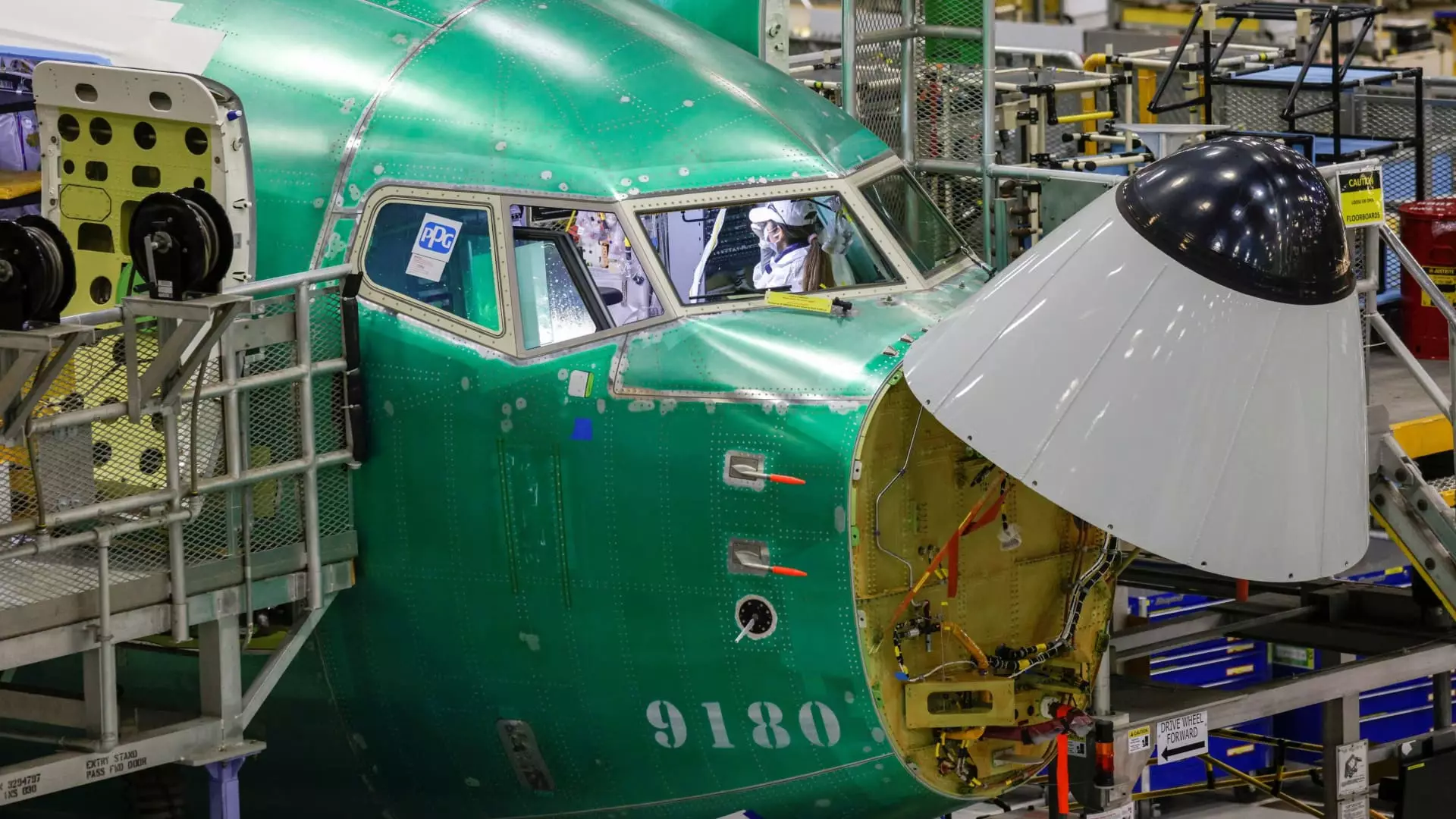After a tumultuous seven-week strike that brought Boeing’s aircraft production to a standstill, the company’s more than 32,000 machinists have approved a new contract, marking a pivotal return to work. The agreement, which grants machinists a significant 38% pay raise spread over four years, was a crucial factor in ending the strike that began on September 13. Despite this optimistic development, Boeing’s CEO, Kelly Ortberg, warns that reigniting production will not be as straightforward as the cessation of operations.
During the strike, Boeing faced significant operational delays. The company reported handing over only 14 jetliners in October—the lowest delivery rate since November 2020, a period characterized by pandemic-related disruptions. Of the deliveries made, nine were Boeing 737 Maxes, highlighting the continued reliance on this model despite earlier controversies surrounding its safety. The strike underscored the vulnerability of Boeing’s production schedules, illustrating how reliant the company is on its workforce to maintain output.
As machinists return to their posts, Boeing must navigate a complex restoration process. The company needs to evaluate potential hazards, restate the roles and responsibilities of its machinists, and verify that everyone’s safety training remains up to date. These steps are critical in ensuring a seamless transition back to work and minimizing the risk of accidents or errors as production ramps up. As Ortberg aptly pointed out, “It’s much harder to turn this on than it is to turn it off”—a statement that encapsulates the challenge of resuming operations after such a lengthy hiatus.
Boeing is now gearing up to restart production lines in Washington and Oregon, focusing on several key models, including the 737 Max, 767, and 777. Additionally, the company will resume work on military aircraft variants. Interestingly, the production of the 787 Dreamliner continued uninterrupted throughout the strike, thanks to its assembly taking place at a non-union plant in South Carolina. This element of operational resilience showcases how strategic diversification can help mitigate risks during workforce disputes.
Despite the production challenges posed by the strike, Boeing’s sales figures remained relatively robust. The company managed to secure 63 gross orders in October, closely matching the previous month’s total. This includes a notable order of 40 737 Max 8s from Avia Solutions Group, demonstrating continued demand for Boeing’s aircraft. Furthermore, the delivery of 10 787 Dreamliners to LATAM Airlines indicates that the company can still navigate the market effectively even when faced with internal disruptions.
The road to normalizing operations and achieving full production capacity at Boeing is undoubtedly fraught with challenges. While the resolution of the strike could be seen as a win for workers and the company alike, the complexities of restoring a fully operational workforce cannot be overstated. With critical delivery goals awaiting fulfillment and ongoing demand in the aviation market, Boeing must act swiftly and strategically to turn this period of turmoil into an opportunity for recovery and growth.

